Finance
July inflation drops below 3% as Fed considers September rate cut
Published
8 months agoon
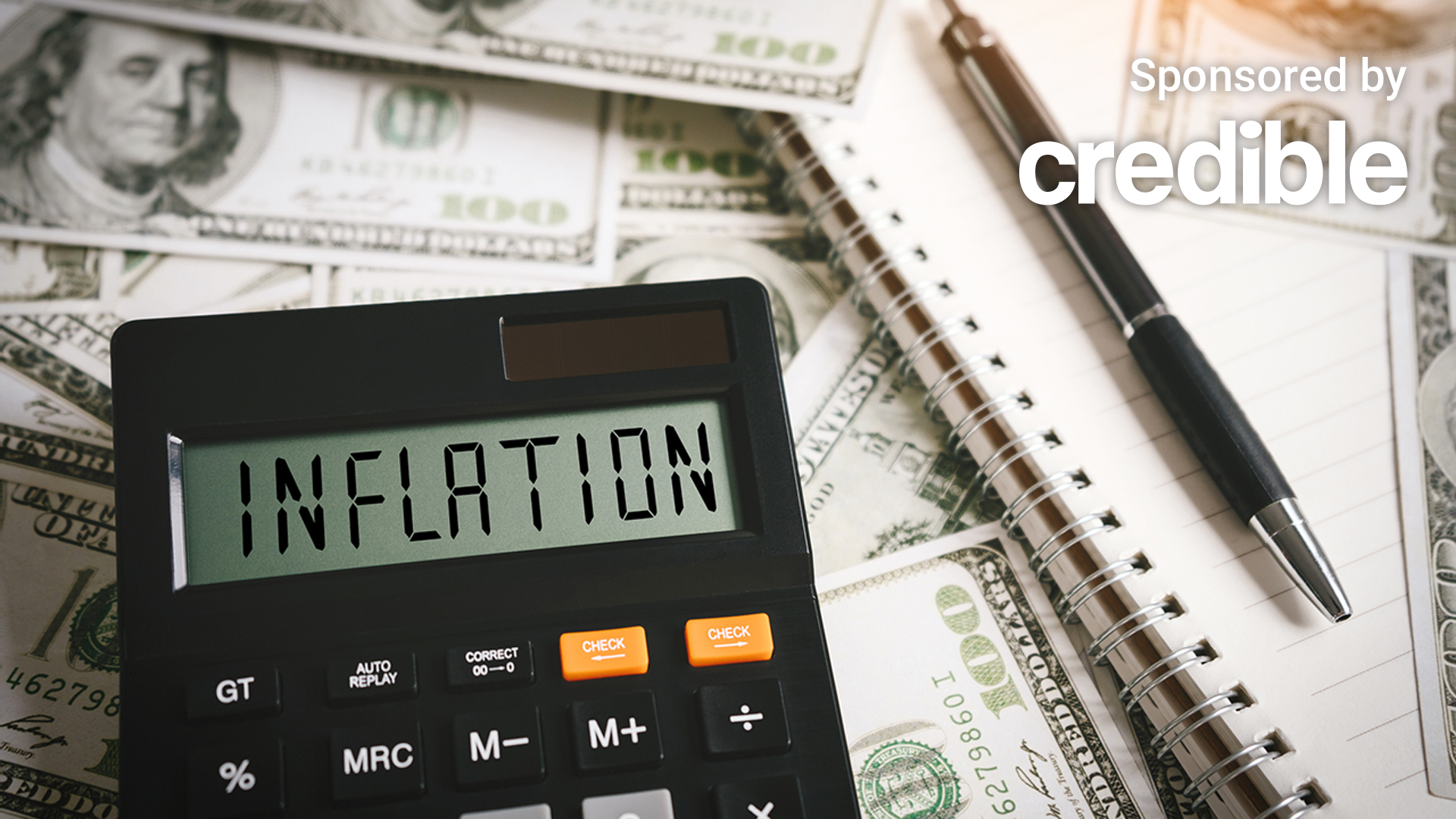
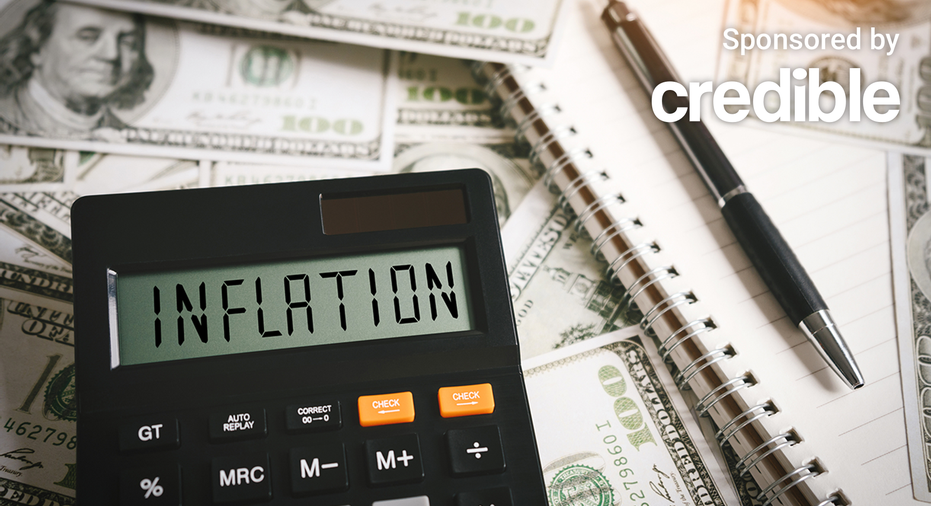
Shelter costs are still high, but insurance rates are finally moderating. (iStock)
The annual inflation rate fell below 3% in July for the first time in over three years, according to the Consumer Price Index (CPI) released by the Bureau of Labor Statistics (BLS).
On an annual basis, prices rose 2.9% in July, a slight softening from the 3.1% growth the previous month. On a monthly basis, prices increased 0.2% after dipping 0.1% in June. The last time the overall CPI inflation rate was less than 2.9% was in March 2021. Core inflation, which excludes more volatile food and energy prices, increased 0.2% monthly in July.
Inflation is moving closer to the Federal Reserve’s 2% target, but prices remain high on many essentials. The stickiest piece of the puzzle remains shelter costs, which rose by 0.4% in July and accounted for 90% of the monthly inflation increase. It also rose more than 5% over the past year.
“That’s significant as it represents an outsized part of the index, but shelter costs are also notoriously hard to measure accurately and are often perceived to move with a lag,” according to Jim Baird, Planet Moran Financial Advisors chief investment officer. “Other indicators suggest shelter costs are well positioned to fall further in the months ahead.”
Still, July’s inflation reading will likely give the Federal Reserve the evidence to green-light a rate cut in September and may trigger additional cuts before the year ends.
“Finally, the rate of price increases at the cash register continues to slow down after a couple of years of painful surges, signaling a victory for the Fed’s monetary policy,” CoreLogic Chief Economist Selma Hepp said. “This means for the average American that the Fed will likely cut interest rates next month, which will slightly bring down the cost of borrowing; a good step for auto and home sales, in particular.”
If you are struggling with high inflation, you could consider taking out a personal loan to pay down debt at a lower interest rate, reducing your monthly payments. Visit Credible to find your personalized interest rate without affecting your credit score.
BEST PERSONAL LOANS OF AUGUST 2024
Car insurance rates are finally slowing down
Consumers may start to see some easing in car insurance costs, one of the greatest drivers of overall inflation for months, according to Jerry’s Vice President of Insurance Operations Josh Damico. Although July’s 18.6% increase is still hard on consumers’ wallets, Damico said it is encouraging that cost spikes are finally slowing.
Insurance costs have skyrocketed in the last few years as inflation has driven up the costs of auto repairs and drivers submit more extensive claims. However, car repair costs and vehicle prices are stabilizing, which offers signs of hope, Damico said.
“Several carriers I’ve spoken with have started lowering rates, and many more in our network are telling us they’re re-evaluating increases they have taken or had planned to take in the future,” Damico said. “It seems we’ve turned a critical corner and American drivers can expect some relief.”
Are you shopping around for new auto insurance? The Credible marketplace can help you compare multiple providers in minutes.
GROW YOUR MONEY FASTER: 5 ALTERNATIVES TO A SAVINGS ACCOUNT
Mortgage rates head in the right direction
Mortgage rates have moved in sync with the positive economic indicators and it becomes more apparent that the Fed will begin to ease its monetary policy this year.
The decline in mortgage rates, combined with a growing supply of housing inventory, should help increase prospective homebuyers’ appetites and give existing homeowners the opportunity to refinance.
“In the medium-run, we expect the economy to land softly and housing inventory to continue to recover,” Realtor.com Senior Economist Ralph McLaughlin said. “This should put downward pressure on mortgage rates this fall and winter and will set the stage for a much better season for homebuyers in 2025.”
If you’re looking to become a homeowner, you could find your best mortgage rates by shopping around. Visit Credible to compare your options without affecting your credit score.
SHOULD YOU BUY A HOUSE IN 2024? HERE’S WHAT YOU NEED TO KNOW
Have a finance-related question, but don’t know who to ask? Email The Credible Money Expert at [email protected] and your question might be answered by Credible in our Money Expert column.
You may like
Finance
These are 3 big things we’re watching in the stock market this week
Published
1 hour agoon
April 27, 2025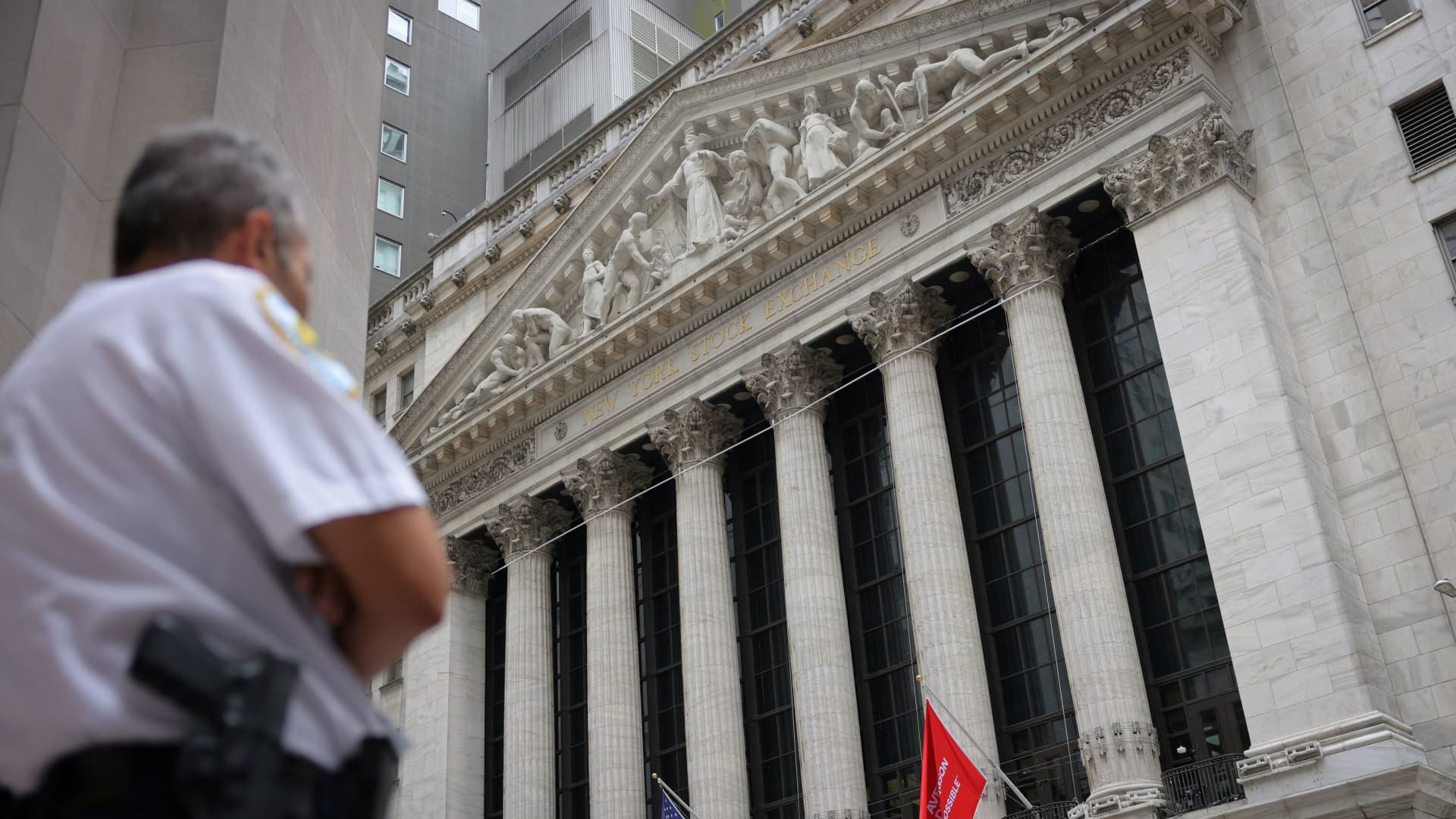
A security guard works outside the New York Stock Exchange (NYSE) before the Federal Reserve announcement in New York City, U.S., September 18, 2024.
Andrew Kelly | Reuters
The stock market bounce last week showed once again just how dependent Wall Street has become on the whims of the White House.

U.S. brands are rapidly losing their appeal in China as locals increasingly prefer competitive homegrown players, especially as economic growth slows, according to a TD Cowen survey released Thursday. While overall preference for Western brands dropped to 9%, down from 14% last year, certain American companies face higher risks than others, the report said, citing in-person interviews of 2,000 consumers with varied income levels in larger Chinese cities. TD Cowen partnered with an unnamed Beijing-based advisory firm to conduct the survey in February 2025, following a similar study in May 2024. The analysts see Apple ranking among the better-positioned brands in China. But they warned that several other American companies face high regional risks despite management optimism. China’s top leaders on Friday acknowledged the growing effect of trade tensions, and pledged targeted measures for struggling businesses. The official readout stopped short of a full-on stimulus announcement. “This year’s survey was conducted before the US-China trade war intensified, though threats were on the horizon,” the TD Cowen analysts said. “Add this factor to the equation, and it’s easy to see why uncertainty will remain elevated and households are likely to remain cautious going forward.” The survey found income expectations declined, with the share of respondents expecting a decline in pay over the next 12 months rising to 10% from 6%. In particular, Chinese consumers plan to spend less on a beauty items over the next six months, the survey showed, while increasing their preference for Chinese brands. U.S. cosmetics giant Estée Lauder retained first place in terms of highest awareness among Western beauty brands in China, but preference among consumers dropped to 19.6% of respondents, down from 24.3% last year. That contrasted with increases in respondents expressing a preference for the second and third market players Lancome and Chanel, respectively. In the quarter that ended Dec. 31, Estée Lauder said its Asia Pacific net sales fell 11%, due partly to “subdued consumer sentiment in mainland China, Korea and Hong Kong.” Asia Pacific accounted for 32% of overall sales in the quarter. In the lucrative sportswear category, Nike “lost meaningful preference in every category” versus last year, while local competitors Li-Ning and Anta saw gains, the survey found. TD Cowen’s analysis showed that among U.S. sportswear brands facing the most earnings risk relative to consensus expectations, Nike has the highest China sales exposure at 15%. “The China market is one characterized as a growth opportunity for sport according to Nike management in its recent fiscal Q3:25 earnings call in March 2025,” the analysts said, “but that the macro offers an increasingly challenging operating environment.” It’s not necessarily about slower growth or nationalism. While the survey found a 4-percentage-point drop in preference for foreign apparel and footwear brands, it also showed a 3-percentage-point increase in the inclination to buy the “best” product regardless of origin. “The implied perception here is that Western brands are offering less in the way of best product or value,” the TD Cowen analysts said. Starbucks similarly is running into fierce local competition while trying to maintain prices one-third or more above that of competitor Luckin Coffee, the report said. The survey found that the U.S. coffee giant “lags peers in terms of value and quality perception improvement.” Other coffee brands such as Manner, Tim’s, Cotti, %Arabica and M Stand have also expanded recently in China. Starbucks’ same-store sales in China fell 6% year on year in the quarter that ended Dec. 29, bringing the region’s share of total revenue to just under 8%. More worrisome is that a highly anticipated coffee boom in China may not materialize. “We note daily and weekly frequency of purchase among coffee drinkers are decreasing, suggesting the coffee habit seen in the U.S. is not taking hold in China,” the analysts said. They noted a new ownership structure for Starbucks‘ China business would be positive for the stock given the lack of near-term catalysts. TD Cowen rates Starbucks a buy, but has hold ratings on Nike and Estée Lauder.
Finance
Apple iPhone assembly in India won’t cushion China tariffs: Moffett
Published
1 day agoon
April 26, 2025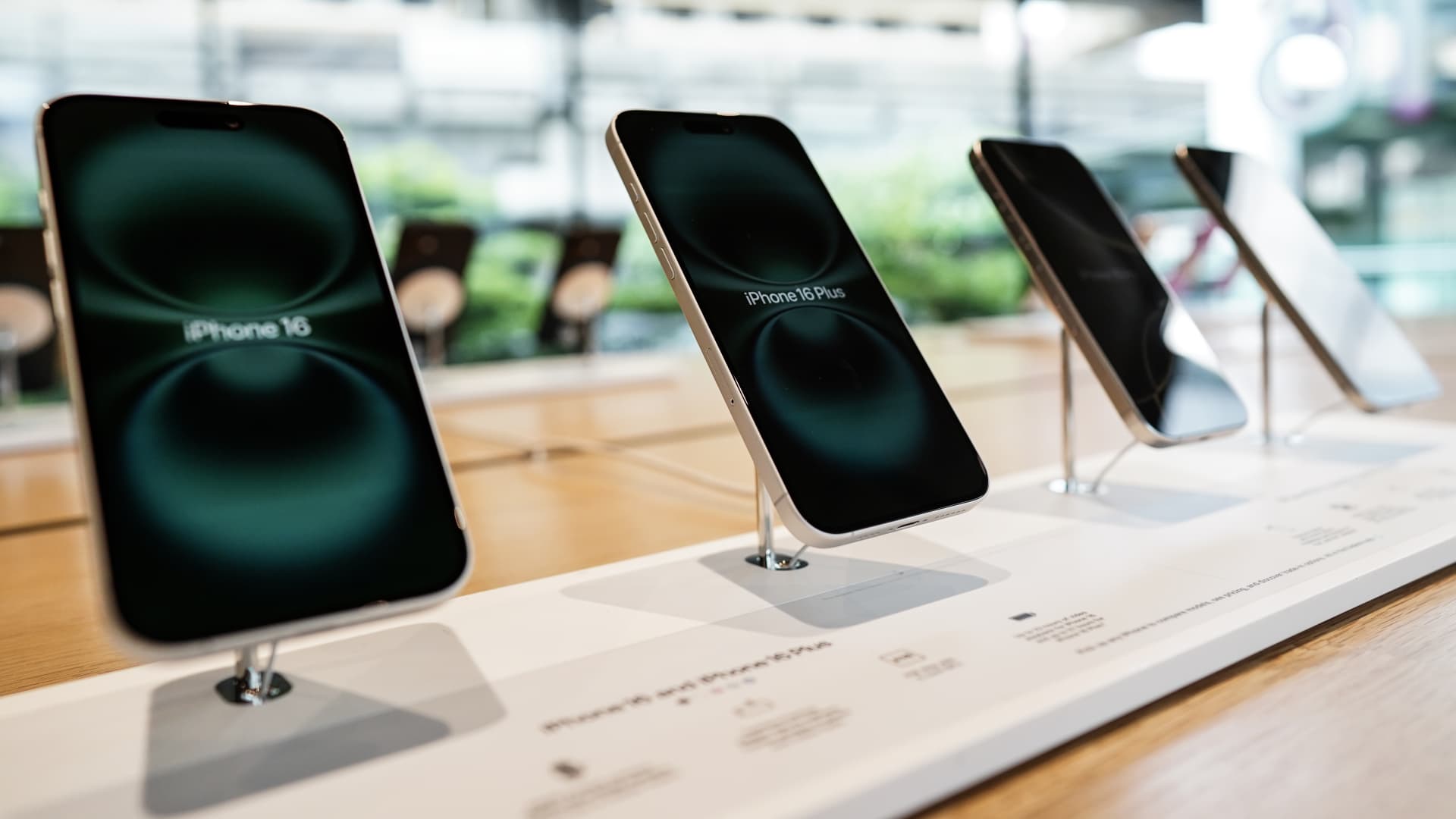

Leading analyst Craig Moffett suggests any plans to move U.S. iPhone assembly to India is unrealistic.
Moffett, ranked as a top analyst multiple times by Institutional Investor, sent a memo to clients on Friday after the Financial Times reported Apple was aiming to shift production toward India from China by the end of next year.
He’s questioning how a move could bring down costs tied to tariffs because the iPhone components would still be made in China.
“You have a tremendous menu of problems created by tariffs, and moving to India doesn’t solve all the problems. Now granted, it helps to some degree,” the MoffettNathanson partner and senior managing director told CNBC’s “Fast Money” on Friday. “I would question how that’s going to work.”
Moffett contends it’s not so easy to diversify to India — telling clients Apple’s supply chain would still be anchored in China and would likely face resistance.
“The bottom line is a global trade war is a two-front battle, impacting costs and sales. Moving assembly to India might (and we emphasize might) help with the former. The latter may ultimately be the bigger issue,” he wrote to clients.
Moffett cut his Apple price target on Monday to $141 from $184 a share. It implies a 33% drop from Friday’s close. The price target is also the Street low, according to FactSet.
“I don’t think of myself as the biggest Apple bear,” he said. “I think quite highly of Apple. My concern about Apple has been the valuation more than the company.”
Moffett has had a “sell” rating on Apple since Jan. 7. Since then, the company’s shares are down about 14%.
“None of this is because Apple is a bad company. They still have a great balance sheet [and] a great consumer franchise,” he said. “It’s just the reality of there are no good answers when you are a product company, and your products are going to be significantly tariffed, and you’re heading into a market that is likely to have at least some deceleration in consumer demand because of the macro economy.”
Moffett notes Apple also isn’t getting help from its carriers to cushion the blow of tariffs.
“You also have the demand destruction that’s created by potentially higher prices. Remember, you had AT&T, Verizon and T. Mobile all this week come out and say we’re not going to underwrite the additional cost of tariff [on] handsets,” he added. “The consumer is going to have to pay for that. So, you’re going to have some demand destruction that’s going to show up in even longer holding periods and slower upgrade rates — all of which probably trims estimates next year’s consensus.”
According to Moffett, the backlash against Apple in China over U.S. tariffs will also hurt iPhone sales.
“It’s a very real problem,” Moffett said. “Volumes are really going to the Huaweis and the Vivos and the local competitors in China rather than to Apple.”
Apple stock is coming off a winning week — up more than 6%. It comes ahead of the iPhone maker’s quarterly earnings report due next Thursday after the market close.
To get more personalized investment strategies, join us for our next “Fast Money” Live event on Thursday, June 5, at the Nasdaq in Times Square.

These are 3 big things we’re watching in the stock market this week

As Real ID deadline approaches, there are ‘workarounds,’ experts say

These U.S. consumer stocks face higher China risks

New 2023 K-1 instructions stir the CAMT pot for partnerships and corporations

The Essential Practice of Bank and Credit Card Statement Reconciliation

Are American progressives making themselves sad?
Trending
-

 Personal Finance1 week ago
Personal Finance1 week agoIRS’ free tax filing program is at risk amid Trump scrutiny
-

 Economics1 week ago
Economics1 week agoTrump’s approval rating on economy at lowest of presidential career
-

 Blog Post1 week ago
Blog Post1 week agoDocumenting Bookkeeping Processes and Procedures
-

 Economics1 week ago
Economics1 week ago‘He should bring them down’
-
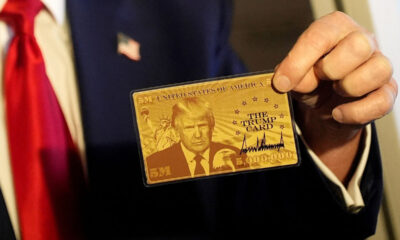
 Economics7 days ago
Economics7 days agoDonald Trump wants a certain kind of immigrant: the uber-rich
-

 Economics7 days ago
Economics7 days agoTrump tariffs could cause summer economic slump: Chicago Fed president
-

 Economics1 week ago
Economics1 week agoChecks and Balance newsletter: The Democrats’ future is up for grabs
-
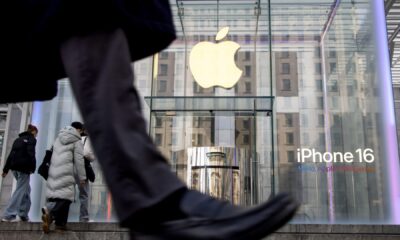
 Personal Finance5 days ago
Personal Finance5 days agoConsumers are making different financial choices in response to tariffs
